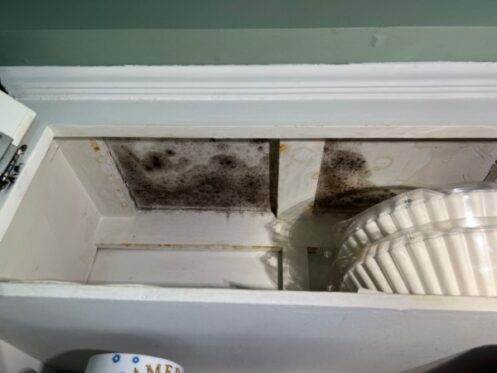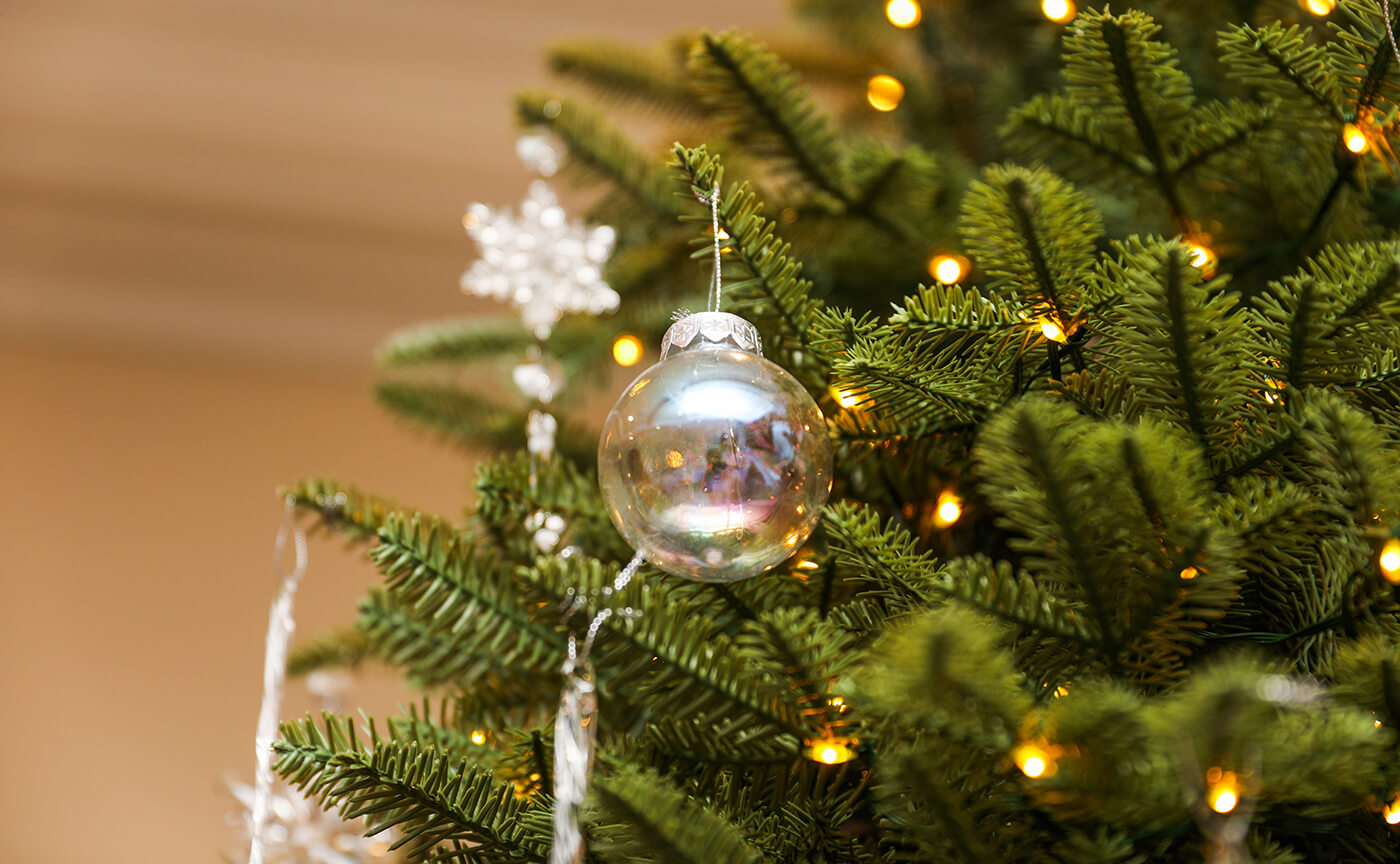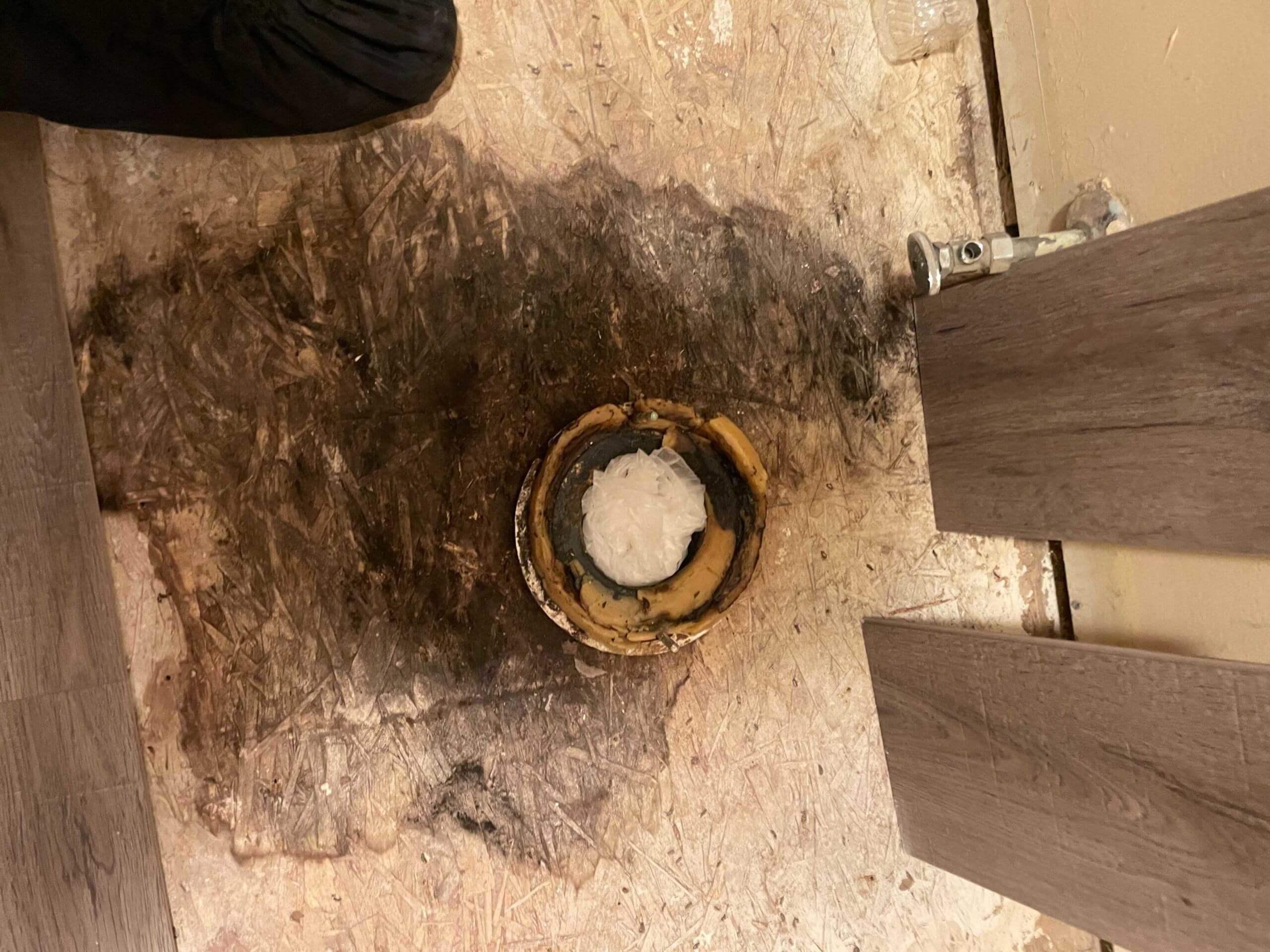It’s difficult to pinpoint the absolute worst characteristic of mold. Mold directly attacks and undermines human health, destroys buildings and furnishings, and evades nearly all self-managed cleaning techniques. It’s elusive too. A freshly bleached surface might appear mold-free, but new accumulations of mold will invariably crop up within just a matter of days or weeks.
For these and countless other reasons, if you have mold growing in your Lake Zurich, Illinois home, it’s important to contact professionals. This is especially true if your home has damp, mold-covered furnishings. Read on to find out why.
Chlorine Bleach Isn’t a Safe or Effective Mold Treatment
Chlorine bleach has long been the standard go-to treatment for mold among industrious homeowners who are committed to beating back these infestations by themselves. After all, most chlorine bleach manufacturers list mold as one of the many pathogens that their products are able to kill. Although these assertions are true, they come with one very important caveat: chlorine bleach only works as a mold-killing agent when used on entirely non-porous surfaces.
Countless medical and dental facilities use chlorine bleach as a part of their regular sanitization programs, and with impressive effects. That’s because healthcare facilities go out of their way to build their treatment environments with non-porous surfaces that are easy to treat. Comparatively, the typical home is far different. From carpeting and wallpaper to fabric window treatments and plush seating, the residential living environment is a breeding paradise for mold.
Although the surface is mold is what you see, there’s a lot going on inside of mold-covered surfaces that you don’t see. In items made from wood, fabric, drywall, and other porous materials, mold spores extend their roots downwards. These roots rapidly expand to create vast networks within affected materials that are completely invisible to the naked eye. This is why when you spray a wooden window sill with bleach, visible mold disappears and then reappears in virtually no time at all. These roots are known as hyphae and mycelium, and they’ll flourish wherever there’s adequate room and moisture to grow.
There are still other problems that bleach is known to cause. Unless you have all-white decor, bleach poses another very obvious problem. You can’t exactly bleach-treat your royal blue sofa or deep burgundy carpeting and still expect it to look the same. Using too much bleach in your living environment can be harmful to both humans and pets, especially if you live in an efficient and relatively airtight home. The chemical contaminants that sanitizers like bleach release can remain airborne for a very long time.
Don’t Get Your White Vinegar Out Just Yet
In the interest of preserving the vibrant colors of your furnishings, you may be tempted to try the often-recommended white vinegar treatment. Those who swear by this mold treatment assert that the acidic nature of white vinegar is enough to stop mold growth in its tracks. Common household vinegar is by composition between five and eight percent acetic acid. With a pH of approximately 2.5, it is indeed an effective mold elimination tool. In fact, it’s recognized by many mold removal experts as being able to kill about 82 percent of known molds.
However, the limitations of white vinegar as a mold-killing agent mirror those of bleach. If you have mold to kill on a non-porous surface and a bottle of white vinegar, you’re in luck. You’ll likely get most of it. But sadly, when it comes to mold, killing 82 percent of the microorganisms that have found their way into your home is hardly enough. There’s also the fact that on even a heavily treated porous surface, hyphae and mycelium will still be building their networks and expanding their onslaught long after your work is done.
One of the most important things to know about self-managed mold treatments that use bleach or vinegar is that they actually allow mold problems to spiral out of control. When mold first appears on indoor surfaces, it usually doesn’t have robust networks of hyphae and mycelium growing down into the tiny pores of building materials. However, the visible whitening effects of bleach and the pungent aroma of vinegar often cause homeowners to forget about treated surfaces shortly after they’ve walked away. Calling a mold remediation service right away is always far better. Early on, there’s less mold to treat and the problem isn’t widespread.
Only Mold Remediation Experts Can Determine Whether Your Furniture Is Salvageable
Though mold spores aren’t sentient and cannot state their preferences, they definitely love furniture. A plush, multi-cushion sofa with pockets, folds, and other dark crevices provides the perfect places for mold to flourish. Even if vinegar and bleach were effective applications on porous surfaces, you’d never be able to apply enough of them to find mold in all of the numerous hiding spaces.
Every mold infestation is different. There’s no easy way to tell whether furnishings, window treatments, flooring, or other affected items are salvageable until a home is inspected and the details of the underlying cause for mold are known. Mold infestations caused by insufficient humidity regulation are far different from mold infestations resulting from plumbing back-ups that fill a home with black water and all its many biological and chemical contaminants.
For many flood events, contacting mold and water remediation services right away can greatly limit the number of personal items that must be thrown out. In formerly mold-free living environments, it takes about 48 hours after a flood event for mold spores to develop. Contacting water restoration services and mold remediation experts before this approximately two-day window expires could mean the difference between keeping your home furnishings and watching them be carried away.
When ineffective home remedies are used to treat mold-covered furnishings, the potential for widespread mold issues greatly increases. Not only will mold establish its vast networks of hyphae and mycelium deep within the furnishings, but it will also send out airborne mold spores to set up populations in other areas. If the air conditioner or heater is turned on at any point in time, these spores can enter the HVAC system where they’ll be circulated and recirculated throughout the entire living environment.
Effective Mold Treatments Always Start by Targeting the Source
Effective mold treatments aren’t about finding the right topical application and then spraying it on. These efforts must start by identifying and resolving the source of mold. Whether this involves better humidity regulation, leak repair services, or flood clean-up, targeting the source of mold makes the interior of buildings less habitable for all fungi currently present, and it decreases the risk of having the problem recur. If you have a slow, hidden leak in your home that’s resulted in mold growth, treating mold without resolving the leak first is a waste of money and time. No matter how much vinegar or bleach you spray, your home will always have a damp, moldering smell, and your indoor air quality will always be dangerously low.
One of the most important things to know about effective mold removal is that it shouldn’t leave your indoor air quality lower than it was before your started. Using pungent solutions and hazardous chemicals won’t necessarily solve your problem, and it won’t make your home more habitable.
At Pur360, we use patented technology to remove mold from furnishings, flooring, windows, walls, and more. Our completely chemical-free process can improve your indoor air quality and leave you with a cleaner, safer living environment within just 24 hours. We also offer odor removal services and ultraviolet sanitization. If you’re tired of struggling with mold in your Lake Zurich, Illinois home, give us a call today.



